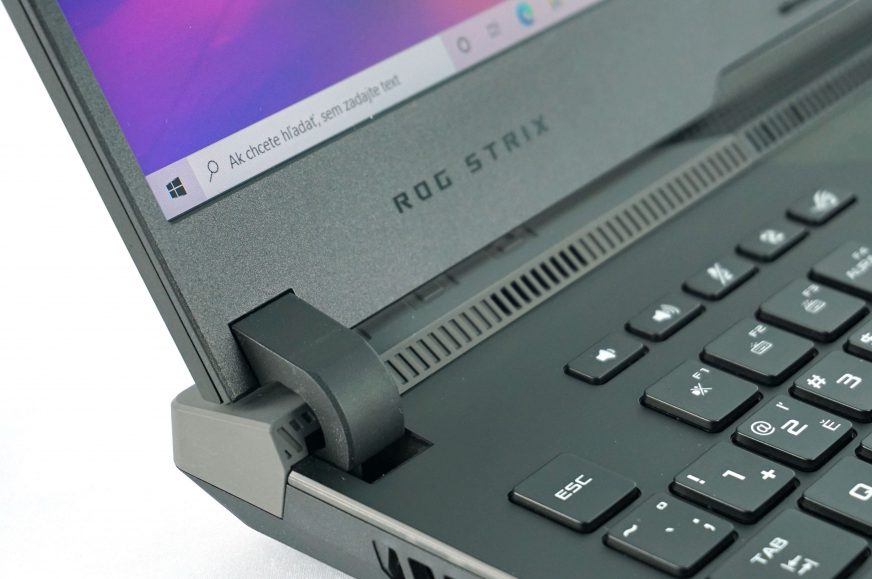Gaming tests – dedicated GPU
Asus has taken a very bold and quite surprising step this year with its gaming laptop portfolio. It switched extensively to Ryzen 5000 processors and combined them with the new GeForce RTX 3000 mobile graphics cards. The new ROG Strix SCAR 17 is thus the first look at a new stage of mobile gaming, in the highest configuration with 8-core processor and a 16-gigabyte RTX 3080.
Gaming tests – dedicated GPU
The most interesting part for every gamer is without a doubt the gaming tests, where we will be interested in the performance offered by the GTX 1650 Ti in Full HD. However, according to previous results in synthetic tests, it seems that it will not be entirely suitable for ultra details.
In GTA, we see that the SCAR 17 lags behind the HAL3000 by 10% and is 16% slower than the Zephyrus Duo. On the contrary, it beats the Legion 7i by 34%.
In Far Cry, the SCAR and Legion have almost identical results. The HAL3000 achieves a 30% higher FPS, while Zephyrus loses by 12% in this test.
AC Odyssey is a challenging test and SCAR called the HAL3000 and moved 21–28% ahead of Zephyrus and Legion.
The new tested title is AC Valhalla, where again there is only a tiny difference between the HAL3000 and SCAR. The Legion is 16% behind.
The situation in SOTTR is again different with a 30% loss against the HAL3000, but is about 10% ahead of both Zephyrus and Legion.
Metro is a very demanding title and the new RTX 3080 shows its advantages here. The SCAR 17 thus defeats all competitors, including the HAL3000 desktop, which lags behind by 3%, Zephyrus by 27 and Legion by 41.
After turning on ray tracing in the Metro, the loss of Zephyrus increased to 33% and with Legion up to 52%.
Another new game test is Dirt 5, where the SCAR does not catch up with the desktop by 11%, but beats the Legion by 40%.
- Contents
- Specs and details
- Testing methodology
- Display tests
- Rendering and Geekbench
- 3D/PC Mark and Unigine Heaven/Superposition
- Gaming tests – dedicated GPU
- Encryption, encoding
- Memory and storage tests
- Heating and battery life
- Blender – CPU, CUDA and Optix tests
- Performance modes
- Utility app
- Conclusion











